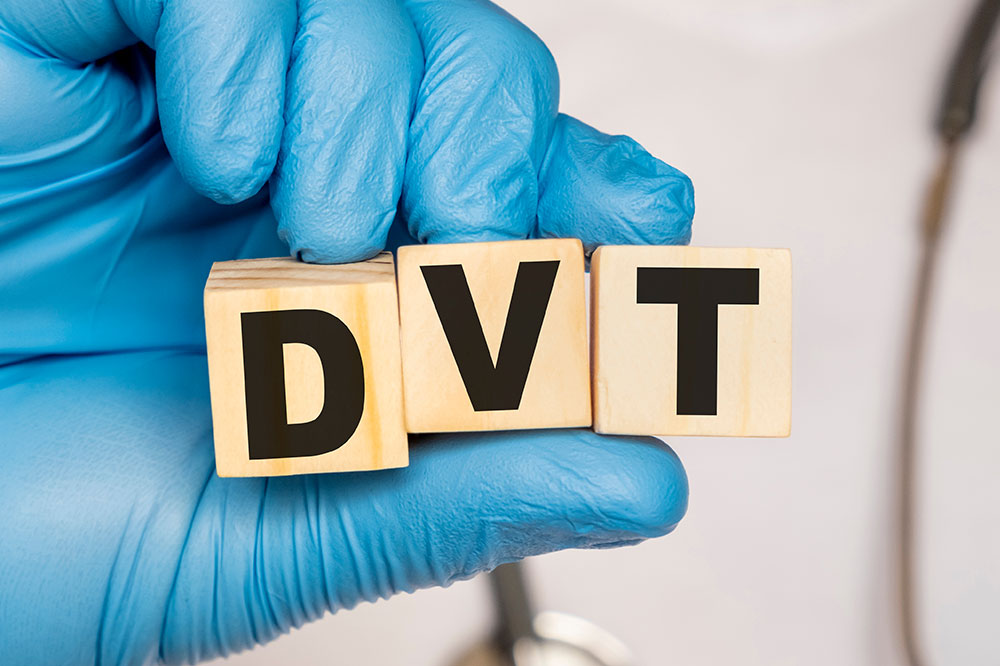
DVT – Complications and Prevention
DVT or Deep Vein Thrombosis is a condition where a blood clot is formed in one of the major veins in the body. If left untreated, this can lead to several complications. The disorder can be treated easily, provided it is caught on time. There are many ways to prevent clots from forming in the body. Let’s take a look at the complications caused by DVT and the tips to prevent it.
Complications of deep vein thrombosis
When deep vein thrombosis is not diagnosed on time, it can lead to some extremely harmful complications. Here are a few major issues that can arise due to DVT:
1. Pulmonary embolism
When blood clots in a deep vein travel to the lungs, it causes pulmonary embolism. These blood clots restrict blood flow to the lungs and other organs. This condition is quite serious, as it can cause permanent organ damage.
Usually, those with PE do not show any symptoms. But there are a few symptoms to can look out for. These are chest pain, fainting, bluish skin, lightheadedness, rapid heartbeat, and restlessness. Coughing or spitting up blood and a weak pulse is two other symptoms you need to look out for. If one experiences any of these symptoms, they should call their doctor immediately.
2. Post-thrombotic syndrome
Post Thrombotic Syndrome or PTS is another complication that is caused due to DVT. This condition is also known as post phlebitic syndrome. When blood clots damage the valves in the veins, it is known as PTS. These clots can cause major swelling and chronic pain. The discomfort is so great that it makes daily tasks extremely difficult.
Just like PE, it is quite hard to diagnose PTS in its early stages. The symptoms may show up after six months or two years. And the worst part is it can stay for the rest of one’s life. This is why it is important to look for possible symptoms at the earliest. Here are some symptoms one should look out for in their legs: swelling, heaviness, tingling, and itching. If one experiences pain, cramping, sores, ulcers on the skin, or discoloration, make an appointment with the doctor immediately.
Tips to prevent DVT
Various lifestyle changes can help prevent this condition. Here are some of the preventive measures one can take to avoid DVT.
1. Make sure to exercise regularly
Exercising is extremely essential, as it helps in blood circulation. It also lowers pulse rate and prevents other heart-related complications that are brought about by DVT.
2. Routine checkup
Schedule regular checkups with the doctor. This helps detect any problems and risk factors that can lead to DVT.
3. Always wear loose and comfortable clothing
Wearing tight clothes can hinder blood flow. Wearing loose clothes helps in proper blood circulation.
4. It is important to maintain one’s weight
It is essential to not gain weight, as it can lead to an increased risk of DVT and pulmonary embolism.


